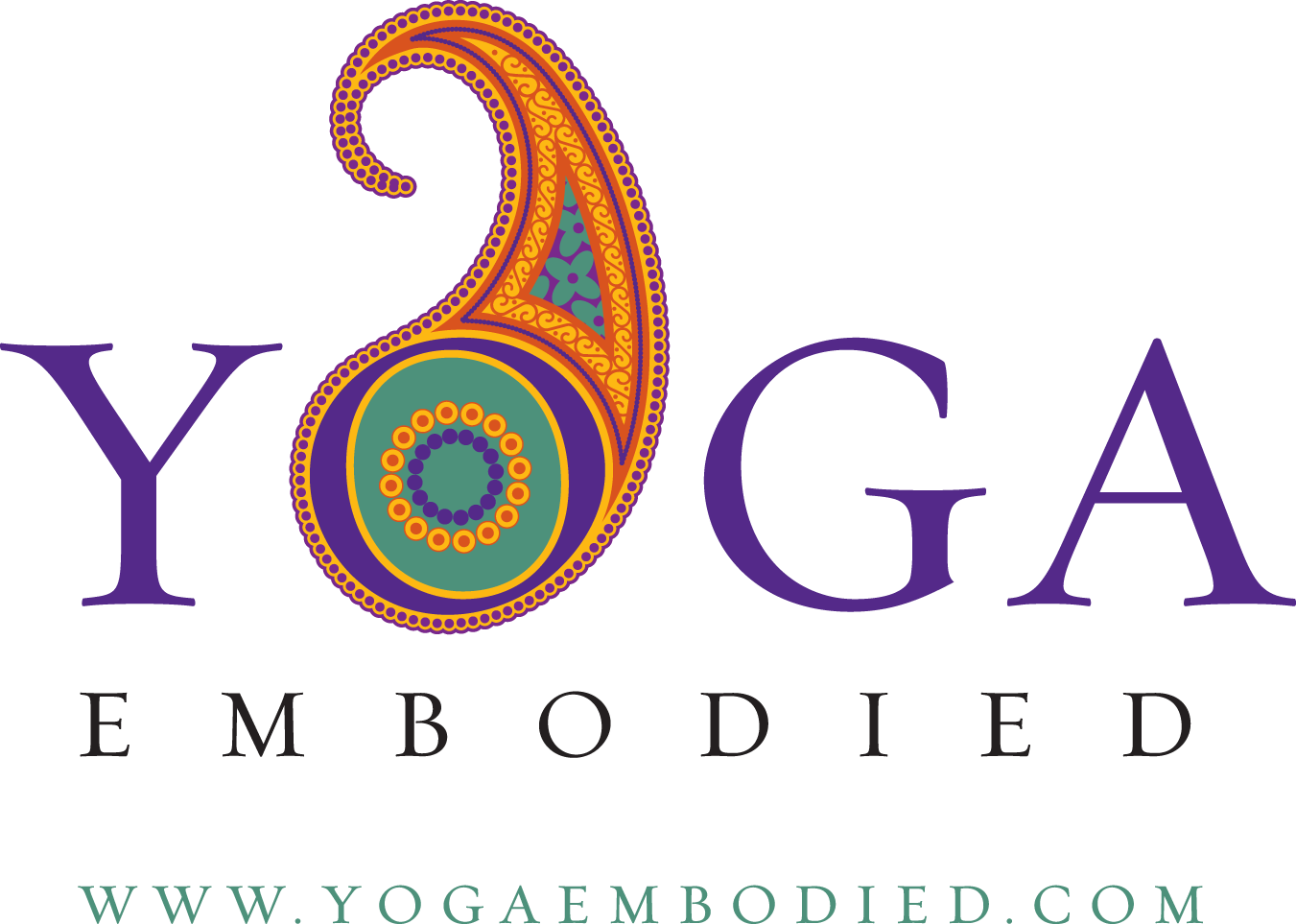Pelvic Floor Awareness
Why the pelvic floor muscles are so important ~ also in yoga
The pelvic floor muscles support and hold our internal organs. And the pelvic floor is a foundation for our posture too. Everything is connected. If we have a bad posture, slouch when seated, not breathing properly then our pelvic floor is also affected.
In yoga we use a term called Mula Bandha, the root seal/lock. It is an energetic seal to hold Prana, or energy. But physically we engage our roots which is basically our pelvic floor to support our yoga poses and movements. We start to notice how our postures changes the pelvis and the pelvic outlet. And how we can support that engagement and relaxation in our yoga posture practise and in daily life.
If we have a bad posture, slouch when seated, not breathing properly then our pelvic floor is also affected.
Energetically this is our place of security, trust and our foundations. A place of grounding and stability. It is through this area our mothers birthed us.
Why yoga can help the pelvic floor muscles
In yoga poses, we connect to our whole being. For example in a standing pose we ground through the feet which will have an effect on the pelvic floor, this supports our posture, our digestive system and our breath. We start to notice how engaging the feet can affect and support our pelvic floor and pelvic alignment. We also learn to soften and relax. Stress incontinence is not only because of weak pelvic floor muscles, e.g. after childbirth but also due to a tight stressed pelvic floor which is unable to relax.
Stress incontinence is not only because of weak pelvic floor muscles, e.g. after childbirth but also due to a tight stressed pelvic floor which is unable to relax.
This is why it is not enough to just practice Kegels. You need to work with the muscles around the pelvis too; the buttocks, hips, hip flexors and even your feet. In the Sacred Pelvis online course, you get Kegel style meditations and audio practices as well as yoga videos ~ to bring wholeness and balance.
Certainly postpartum, the connection to our whole being as a new mother and women is important. Not just for the pelvic floor and physical body but also for our emotional wellbeing.
Get connected to the pelvis – men and women
Everyone (men and women) should start to become more intimate and friendly with the pelvic floor. These are amazing hardworking muscles. Learn how to move with them and let them initiate movements. From sitting down on a chair to standing up the pelvic floor moves and in that movement they move closer together. Use that in our daily life. As you rise up engage the pelvic floor gently and relax them as you sit down.
Cultures who squat have less pelvic floor issues than in cultures who sit on the toilet.
Relax the pelvic floor when you have bowel movements. Cultures who squat (which stretches the pelvic floor and relaxes the puborectalis, the opening of the rectum) have less pelvic floor issues than in cultures who sit on the toilet.
Being more at ease with our own anatomy will definitely be a part of our health and wellbeing. Physically, emotionally and mentally.
Ways to connect to your pelvic floor
Try to connect with the pelvic floor in several ways
becoming aware of the whole dome/diaphragm of pelvic floor muscles.
noticing the front (muscles around the urinary tract), the back (anal sphincter) and middle (vaginal and perineal muscles)
learning to engage and relax all parts
create pulsations: Quick squeezes and relaxations
Longer holds whilst breathing
Slow movements and pulsations connected with the breath. After birth and in general engaging the muscles on an exhale and relaxing them on the inhale (opposite during pregnancy).
Try to work with the pelvic floor in different positions. Sitting down versus standing up and whilst in dynamic movement. It will feel different.
More recommendation on supporting the pelvic health
Sacred Pelvis – This is exactly why I created this online offering. So you can get intimate and learn your own body. Not one system or method fits all. It’s about getting to understand your own pelvis and that is what the Sacred Pelvis Course is all about.
Pussy: A Reclamation – Book by Regena Thomashauer on the empowerment and taking back our femininity.
Vagina: A New Biography – Book by Naomi Wolf – just getting stuck into this brilliant book. Our vagina, hormones, health and self-awareness are definitely connected. And this book proves it brilliantly.
Elvie – the fun pelvic floor trainer where you can keep a score on how you can improve and strengthen your vaginal muscles yeah
